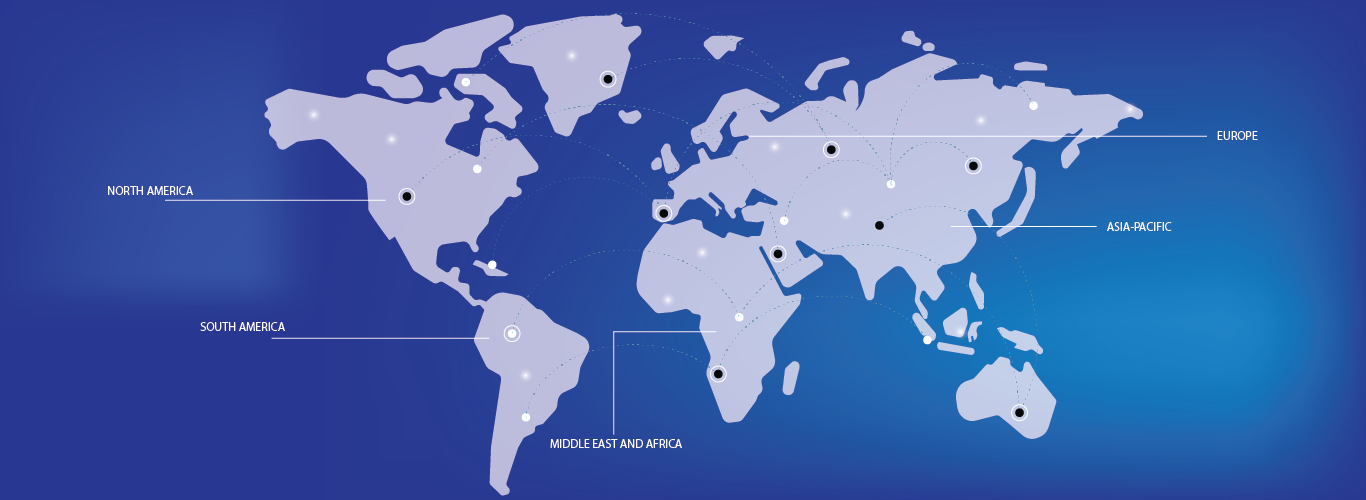In industrial, automotive, commercial, and communications systems, the demand for low-cost, accurate, and small-size current sensor solutions has developed dramatically over the last decade. New design principles and the systematic use of advanced BiCMOS technology have resulted in further IC performance enhancements. It has also covered the way for new product ideas by allowing additional functionalities, such as power protection, to be integrated into the current sensor IC. Suppose the manufacturing players continue to focus on improving IC performance when making current sensors. In that case, this could become a trend toward the next generation of fully integrated low-cost current sensor devices.




